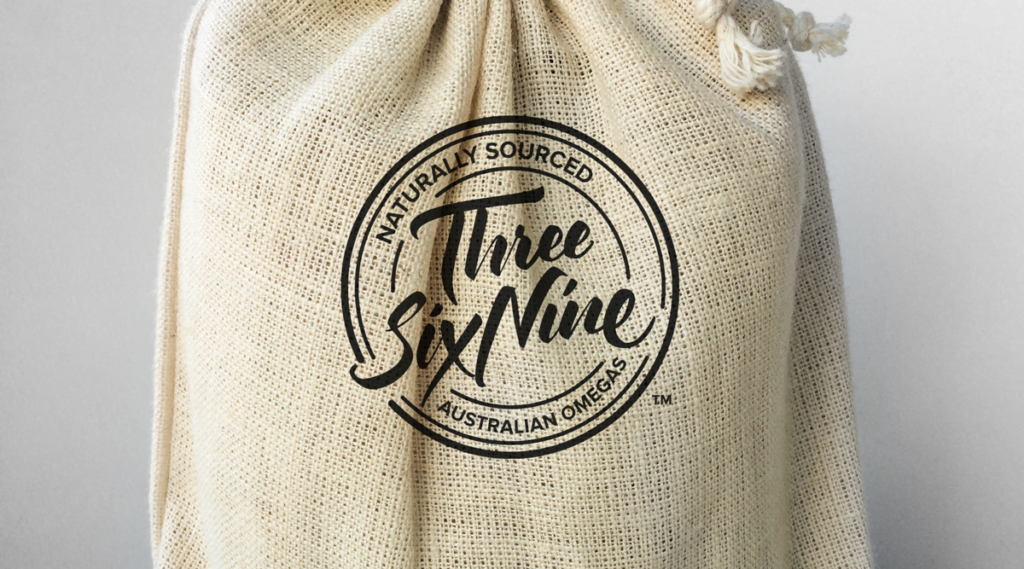In recent years, the issue of packaging waste has gained significant attention worldwide, with governments, businesses, and consumers alike acknowledging the urgent need for reform. In Australia, where consumption and waste generation per capita are among the highest globally, the call for action on packaging reform has never been louder. Let’s explore the current state of packaging in Australia, the challenges it poses within the graphic design industry, and the innovative solutions being pursued to create a more sustainable future.


The Packaging Predicament
Australia’s love affair with convenience has led to a proliferation of single-use packaging across various industries. From food and beverage to personal care products, the sheer volume of packaging waste generated is staggering. Plastic, in particular, has become a symbol of the packaging predicament, with its persistence in the environment and harmful effects on wildlife well-documented.
Regulatory Landscape
Recognising the need for change, the Australian government has taken steps to address packaging waste through regulatory measures. The introduction of the National Packaging Targets in 2018 set ambitious goals for the recyclability, compostability, and recycled content of packaging by 2025. These targets aim to shift the industry towards a circular economy model, where resources are reused and recycled rather than disposed of as waste.
Industry Initiatives
In addition to government-led efforts, industry players are also taking proactive steps to reform packaging practices. Many companies are rethinking their approach to packaging design, opting for materials that are more easily recyclable or compostable. Collaborative initiatives, such as the Australian Packaging Covenant Organisation (APCO), bring together stakeholders from across the supply chain to drive collective action towards sustainable packaging solutions.
Innovative Technologies
Technology is playing a crucial role in advancing packaging reform in Australia. Innovations such as smart packaging, which incorporates sensors to monitor product freshness and quality, are reducing food waste and extending shelf life. Meanwhile, advancements in bioplastics offer promising alternatives to traditional petroleum-based plastics, providing a renewable and biodegradable option for packaging materials.
Consumer Engagement
At the heart of packaging reform lies consumer behaviour. Educating and empowering consumers to make informed choices about packaging can drive demand for more sustainable options. Initiatives such as product labelling schemes, which provide information on the recyclability and environmental footprint of packaging, help consumers make environmentally conscious decisions at the point of purchase which in turn drives clients and creative agencies to make more sustainable choices when designing packaging.
Challenges and Opportunities
Despite the progress being made, challenges remain on the path to packaging reform in Australia. Infrastructure gaps in recycling and composting facilities, inconsistent waste management practices across states, and the complexity of packaging materials present formidable hurdles. However, these challenges also present opportunities for innovation and collaboration, with the potential to transform Australia’s packaging landscape.
Looking Ahead
The journey towards sustainable packaging in Australia is a complex and multifaceted endeavour, requiring commitment and collaboration from all stakeholders. As we look ahead, it is clear that a paradigm shift is needed in how we produce, use, and dispose of packaging. By embracing innovation, adopting circular economy principles, and fostering a culture of sustainability, Australia can pave the way for a brighter, greener future where packaging is no longer a problem but a part of the solution.
Need a smart and sustainable solution to a packaging problem? Ask Fresco Creative.
